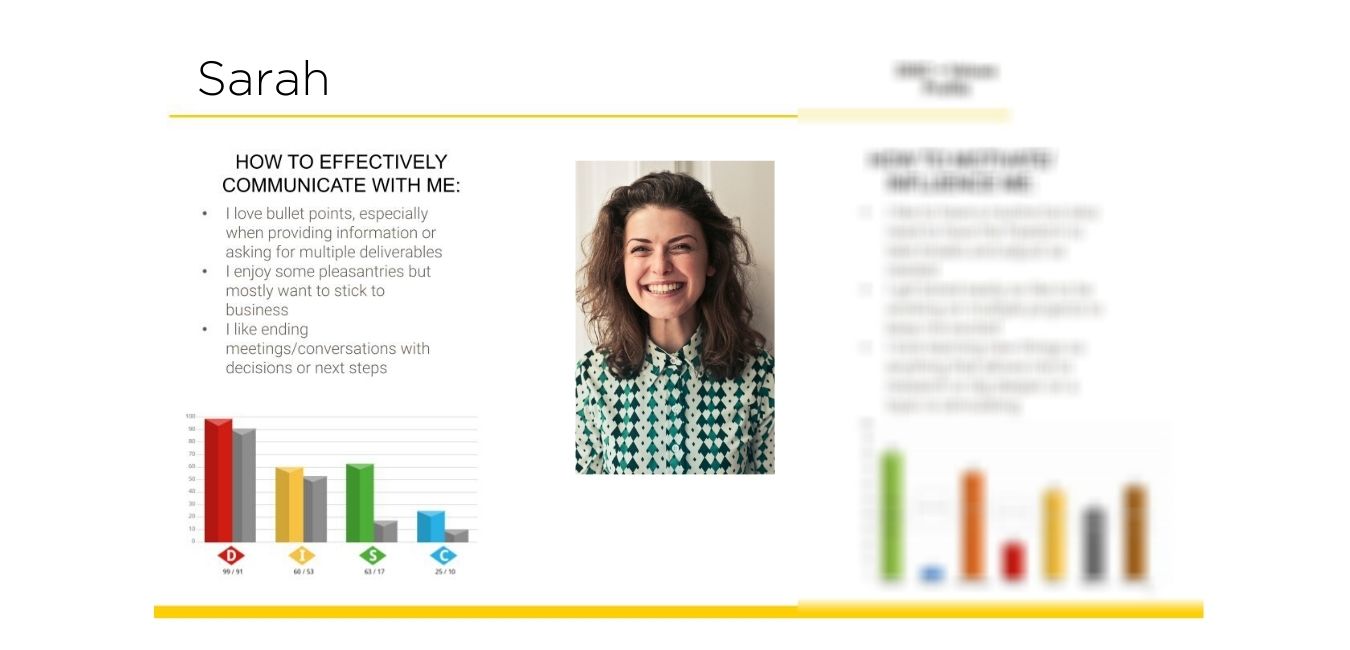When you see it, and become self-aware about it, everything changes. You'll find the way you communicate with your team changes. It'll be a subtle change, yet have a dramatic impact.
When you are taking your time to explain what you need to a team member, surely they understand?

It's like the photo.
Although they hear a message from you, it's not what you think it is. Their brain is hearing one thing, trying to interpret it, and filing in the gaps.
And, as with the photo, those gaps can totally misleading. We all think the photo is color when it's black and white.
Here's why this happens when you're communicating.
You have one of four natural communication styles. On average, 75% of the population communicates in a different style to you although it could be up to 90%.
That means, when you're explaining what you need, 25% of people will understand clearly. 75% will not.
It's not that they're trying to do a bad job, it's that their natural communication style is different to yours. They can't hear you.

If, for example, your DISC profile shows you're a "High D" you naturally make decisions quickly. As a leader, that can serve you.
The majority of people are not "High D". The majority are "High S" and their natural decision-making style is to be slow and considered.
A High D feels the High S's are slow to make a decision. To them it's immediately obvious. They'll think, "Why can't they just get a move on? It's obvious. Let's get this done now."
A High S feels the High D's are too fast to make a decision. They need to take their time. They like to think about it for longer. They'll think, "What's the rush? It's important we get this right. I need to think about it."
Can you see a potential for conflict?
It's important to know there's no right or wrong. One isn't superior to another. They're simply different.
A "High D" will also naturally communicate quickly. They'll talk fast. (Little wonder their favorite words are new, fast, results.)
They'll understand a High S talks more slowly and more quietly. They need time to process information.
So, by taking a moment to consider the other person's behavioral style, it's possible to adapt very slightly and help them hear your message.
The High D needs to speak at a slower pace, and more quietly than usual. They'll use the High S's key words, they'll avoid the words that cause their brain to close down to information, and they'll give them time to consider the options.
Tiny tweaks lead to dramatic impacts.
These small adaptations mean you're now communicating in their preferred style. They can hear your message and understand what you need. They'll understand why, and feel more engaged in their work.
30-seconds before you speak with them to remind you of their communication style is all it takes. (And perhaps 30-seconds of their time, so they can communicate back in your preferred style too?)
What impact would that make?
That's the basic level. Let's go deeper.
